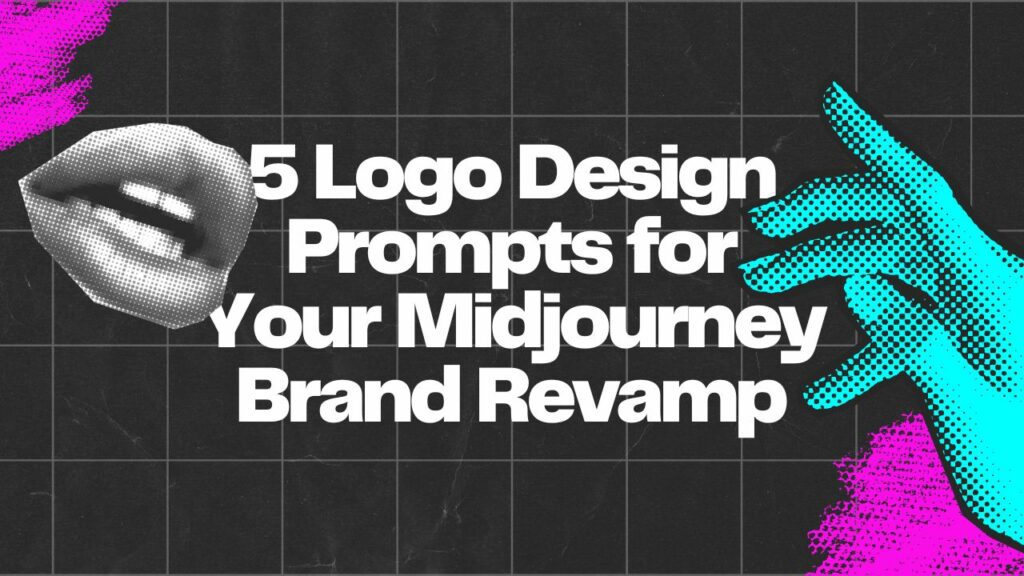In a world dominated by digital visuals, there’s a secret weapon every brand strategist should understand: color. Colors evoke emotions, establish trust, and generate lasting impressions. The power of color theory in branding is undeniable. Here, we delve deep into the profound impact of color on brand recognition and engagement, making it a pivotal tool for businesses to weave into their marketing strategies.
The Emotional Palette: Colors and Their Resonance
Just as every shade on a painter’s palette tells a story, so does every color chosen in a brand’s identity. Colors transcend beyond mere visuals; they evoke specific emotions in the audience:
- Red: Symbolizes passion, excitement, and urgency.
- Blue: Evokes trust, calm, and dependability.
- Yellow: Represents optimism, clarity, and warmth.
- Green: Denotes growth, harmony, and nature.
When brands understand the psychology behind colors, they can strategically use them to resonate with their target audience.
Historical Hues: Big Brands and Their Color Choices
Let’s take a look at how major brands have leveraged color to solidify their brand image:
- Coca-Cola’s Signature Red: Instantly recognizable, the bold red invokes excitement and passion, synonymous with the brand’s vibrant image.
- Facebook’s Trustworthy Blue: As a platform holding vast amounts of personal information, the calm blue denotes trust and security.
- Starbucks’ Earthy Green: Representing harmony and nature, it aligns perfectly with the brand’s commitment to sustainability and community.
Boosting Brand Recognition with Color
- Consistency is Key: Use consistent colors across all branding elements. This strengthens brand identity and ensures immediate recognition.
- Contrast and Complement: Contrasting colors make logos and taglines pop, while complementary colors can enhance overall branding aesthetics.
- Localize Color Choices: Recognize that color interpretations can vary across cultures. Ensure that your brand colors resonate universally or tailor them based on cultural nuances.
Driving Engagement through Strategic Color Use
- Call-to-Action (CTA) Buttons: Using colors that evoke urgency (like red) can boost click-through rates on CTAs.
- Engaging Infographics: Use colors to highlight information, making data visually appealing and ensuring greater audience engagement.
- Interactive Elements: Using vibrant colors for interactive website elements can guide user attention and increase engagement.
The Potential Pitfalls: Misusing Color in Branding
While colors hold immense potential, misusing them can be detrimental:
- Overwhelm with Overuse: Too many colors can confuse the audience and dilute brand recognition.
- Sending Mixed Messages: Using a color that contradicts your brand’s message can confuse consumers and erode trust.
Future Trends: The Evolving Color Landscape in Branding
The world of branding is dynamic, and so is the use of color:
- Neumorphism in Design: This design trend focuses on soft UI, using subtle colors to create a more tactile and realistic design approach.
- Color and Inclusivity: Brands are moving towards more inclusive designs, ensuring color choices are universally accessible, even to those with color vision deficiencies.
- Sustainability and Natural Tones: With the rising emphasis on sustainability, brands are veering towards earthy and muted tones to convey eco-friendliness.
Conclusion: Painting a Successful Brand Narrative with Color
Color theory in branding is no mere afterthought; it’s a calculated strategy that can boost recognition and drive engagement. In the vast digital landscape, where brands vie for a fleeting second of consumer attention, the right use of color can ensure that they not only notice your brand but connect with it emotionally.
In the end, branding is about weaving a compelling narrative. With the right shades and tints, your brand story can come alive, captivating audiences and ensuring they remember your brand long after the first glance. Dive deep into the world of color, and let it be the brushstroke that defines your brand’s success.


